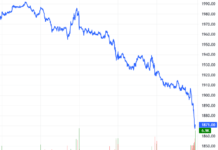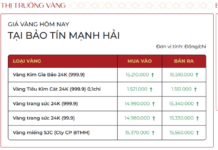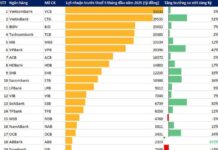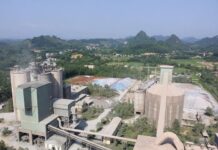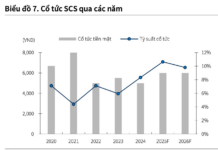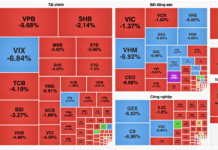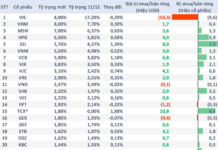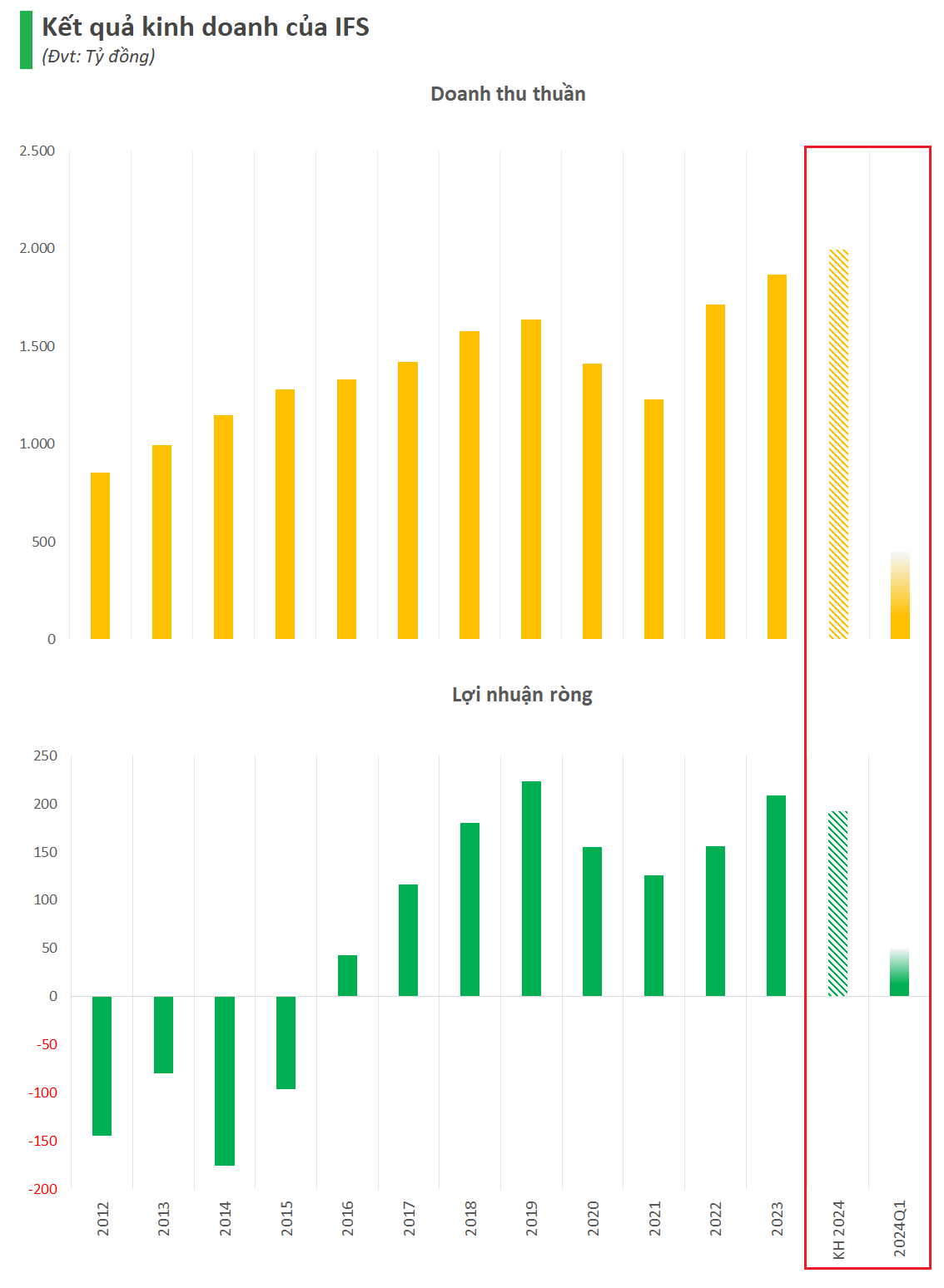
Cocoa farmers dry cocoa beans in the village of Bringakro, Côte d’Ivoire. Photo: AFP/VNA
On May 1, the price of cocoa stood at $8,408 per ton in New York and £6,783 (US$8.5) per ton in London. The price has decreased by 25 percent from its peak of $11,722 per ton in New York, US, and £9,285 per ton in London, UK, on April 19 due to supply concerns driven by adverse weather conditions in the world’s top two cocoa-producing countries, Ghana and Côte d’Ivoire.
Ole Hansen, an analyst at Saxo Bank, said that the recent extreme volatility and price swings have forced many cocoa traders to exit the market because it has become too expensive and difficult to trade, leading to a liquidity problem.
According to the analyst, the lack of liquidity has made cocoa vulnerable to whipsawing, meaning that many traders have stopped or reduced their activities.
The recent spike in cocoa prices has raised concerns about a potential knock-on effect on retail chocolate prices at a time when major economies are grappling with high inflation.
The surge in cocoa prices, however, has prompted farmers in Latin America, which is suffering from a global supply deficit, to ramp up new cocoa plantings. Farmers in major cocoa-growing markets in the region such as Ecuador, Brazil, Peru, and Colombia are actively buying cocoa plantlets and expanding their plantation areas. Ecuador’s cocoa exporters’ association said the country’s total cocoa plantation area is expected to surpass 600,000 ha this year, up from 500,000 ha last year.
“It’s not just Ecuador. We see a significant increase in Peru, Colombia and Brazil as well,” said Paul Hutchinson, Global Head of Cocoa Strategy at Olam Food Ingredients, one of the world’s largest suppliers of the commodity.
“If you are a farmer and you see these prices, what are you going to do? You are not going to plant yams, that’s for sure,” noted Nicko Debenham, former Head of Sustainability at Barry Callebaut, the world’s largest chocolate manufacturer.
Soaring cocoa prices are being driven by disease and adverse weather cutting yields in West Africa, leading to a sharp fall in production while demand for chocolate continues to rise in emerging markets and as consumers in developed nations buy more premium products.
Chocolate manufacturers are passing on the rising cost of cocoa to consumers by increasing prices, reducing product sizes, or changing recipes.
Ghana and Ivory Coast produce around two-thirds of the world’s cocoa, but both governments set farmgate prices for their farmers to protect them from market volatility. This means that farmers do not directly benefit from higher cocoa futures prices, reducing the incentive to invest in their plantations and increase productivity.
Meanwhile, producers in the more liberalized markets of Latin America are reaping the benefits. They are increasingly switching away from other crops such as bananas and oil palm to plant cocoa. Paul Hutchinson, Global Head of Cocoa Strategy at Olam Food Ingredients, highlighted the difference between small cocoa farmers in Ghana and Ivory Coast and industrial-scale cocoa operations in Latin America.

Cocoa beans in Morales, Bolivar, Colombia. Photo: AFP/VNA
Smallholder farmers in Ghana and Ivory Coast tend to use little or no fertilizer or pesticides and have ageing cocoa trees that are less productive and more vulnerable to disease and adverse weather. In Latin America, by contrast, cocoa is grown as an industrial crop. Large-scale plantations use disease-resistant hybrid plants, advanced irrigation systems and heavy doses of pesticides. As a result, cocoa yields in Latin America are on a completely different level.
According to Hansen, it normally takes between six and 12 months for price fluctuations to filter through to retail prices, but he said consumers should prepare for more expensive chocolate. Chocolate is becoming the new luxury item and manufacturers predict prices will go up to meet the significant increases in cocoa.
Reformulating recipes is one of the options in the food industry when the price of ingredients soars. However, according to Mark Schneider, the head of Nestlé, it would be a mistake to change recipes and flavors now simply because of the higher cocoa prices. He stressed that consumers have very specific expectations about their favorite products. As a result, the company plans to pass on the higher raw material costs to its prices. Other chocolate brands, however, are opting to invent new products that do not contain cocoa.
Recently, the 5th World Cocoa Conference (WCC) took place in Brussels, Belgium, with the theme “Paying the True Price for Sustainable Cocoa” focusing on finding solutions to ensure higher incomes for cocoa farmers, promoting sustainable production, and raising consumer awareness.
In her speech, Queen Mathilde of Belgium underlined the importance of securing a sustainable future for the cocoa sector, which contributes significantly to the economies of many countries and the livelihoods of millions of people. However, the sector also faces many challenges, including climate change, deforestation, and poor working conditions. The Queen called for joint efforts to ensure a sustainable future for cocoa so that cocoa farmers are fairly rewarded for their products and the environment is protected.

